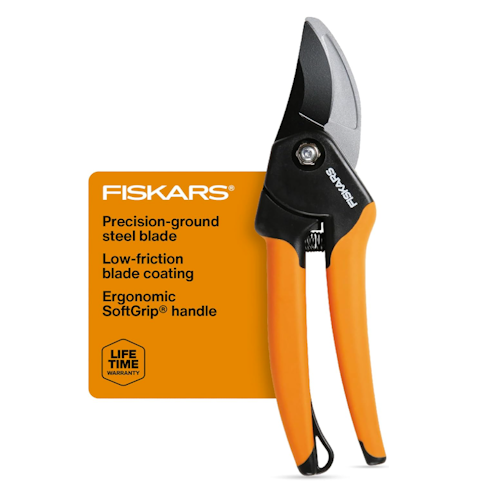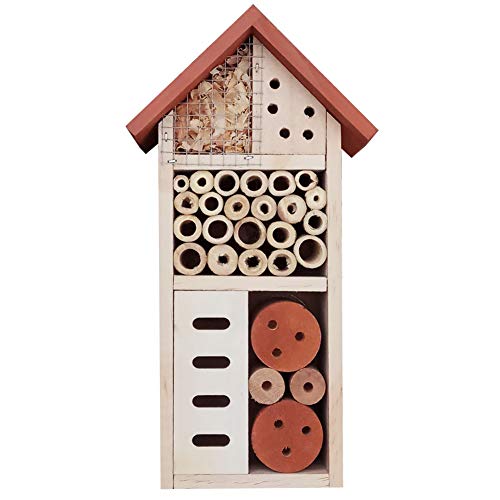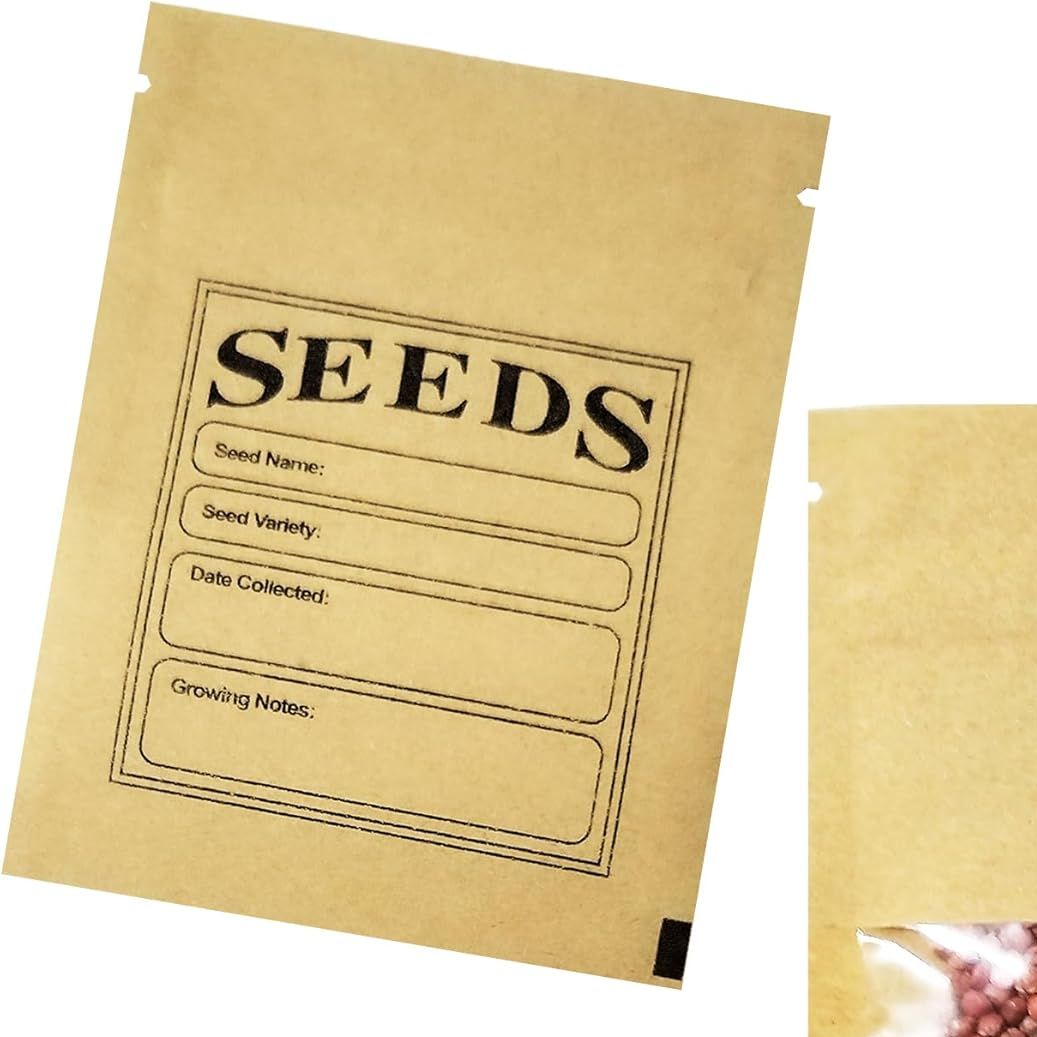Time is Running Out to Get Fall Gardening Jobs Done, so Ditch These 5 Tasks Now – Experts Assure They Can Be Delayed Until Spring
Many fall garden tasks can also be done in spring

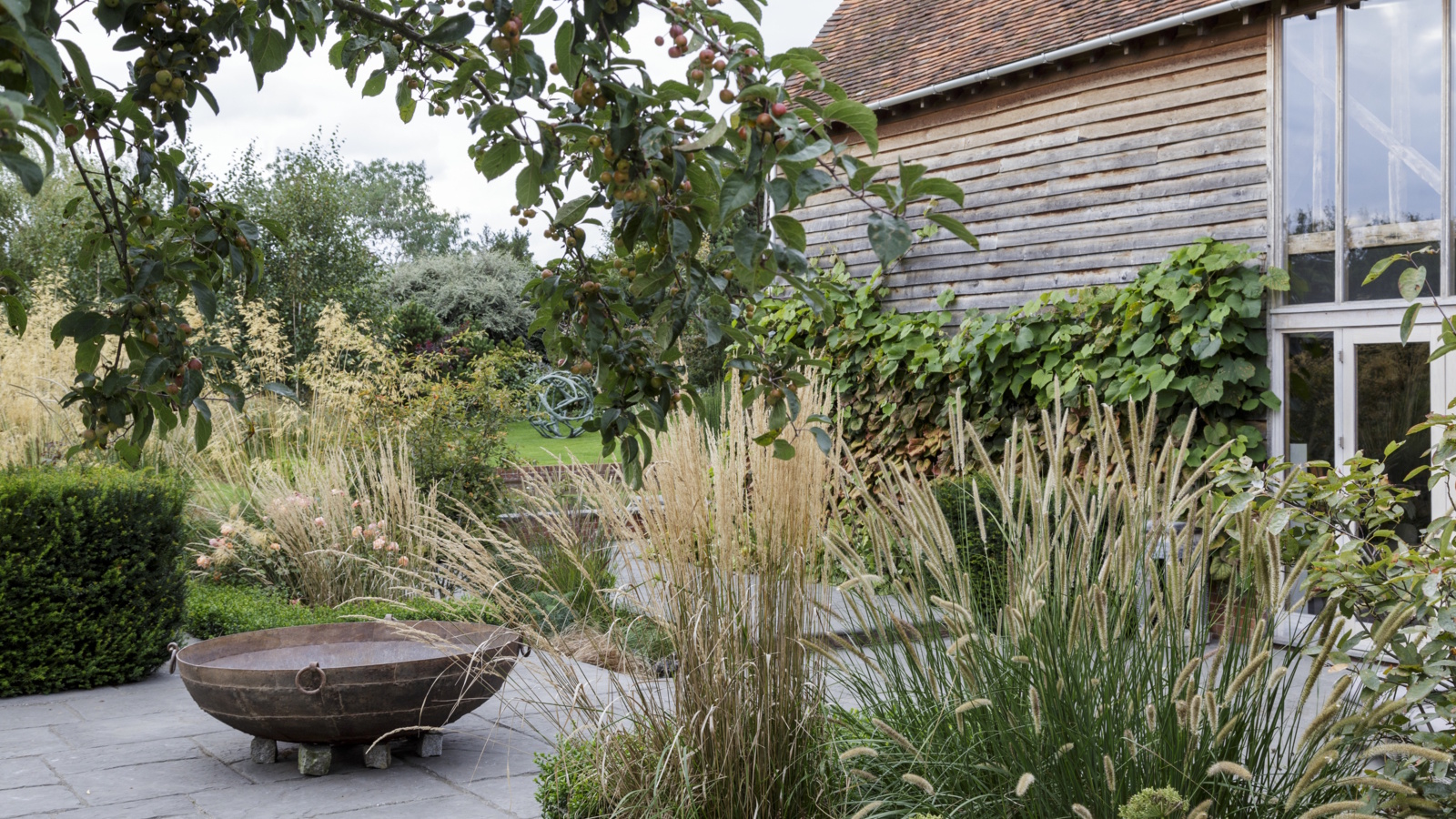
Time for fall gardening is quickly running out as the winter months start to arrive. It can feel a little stressful for those of us who haven't been able to dedicate as much time to the garden as we would have liked, so now is the time to start prioritizing jobs to use our time wisely. Luckily, gardening experts say there are a handful of gardening tasks you can delay until spring and take off your to-do list for the meantime.
If, like me, you've reached November and there are still quite a few items on your fall gardening checklist, don't fret. There are plenty of tasks that, although ideal to do in the fall, can still be done in the spring. Both seasons offer milder weather conditions, providing two opportunities for a wide range of yard tasks.
Of course, some jobs can't be missed this season, especially those relating to overwintering your garden and preparing your plants for the harshest conditions of winter. But, there are equally quite a few gardening tasks that can be delayed until spring. Here are five jobs gardening experts say not to worry about this season.

5 gardening tasks you can delay until spring
One thing that mustn't be put off this season is planting spring bulbs, as these need to get in the ground now to ensure they have enough time to establish over winter for spring blooming. However, pruning, tidying, and even some propagating jobs can wait until the spring months.
1. Cutting back perennials
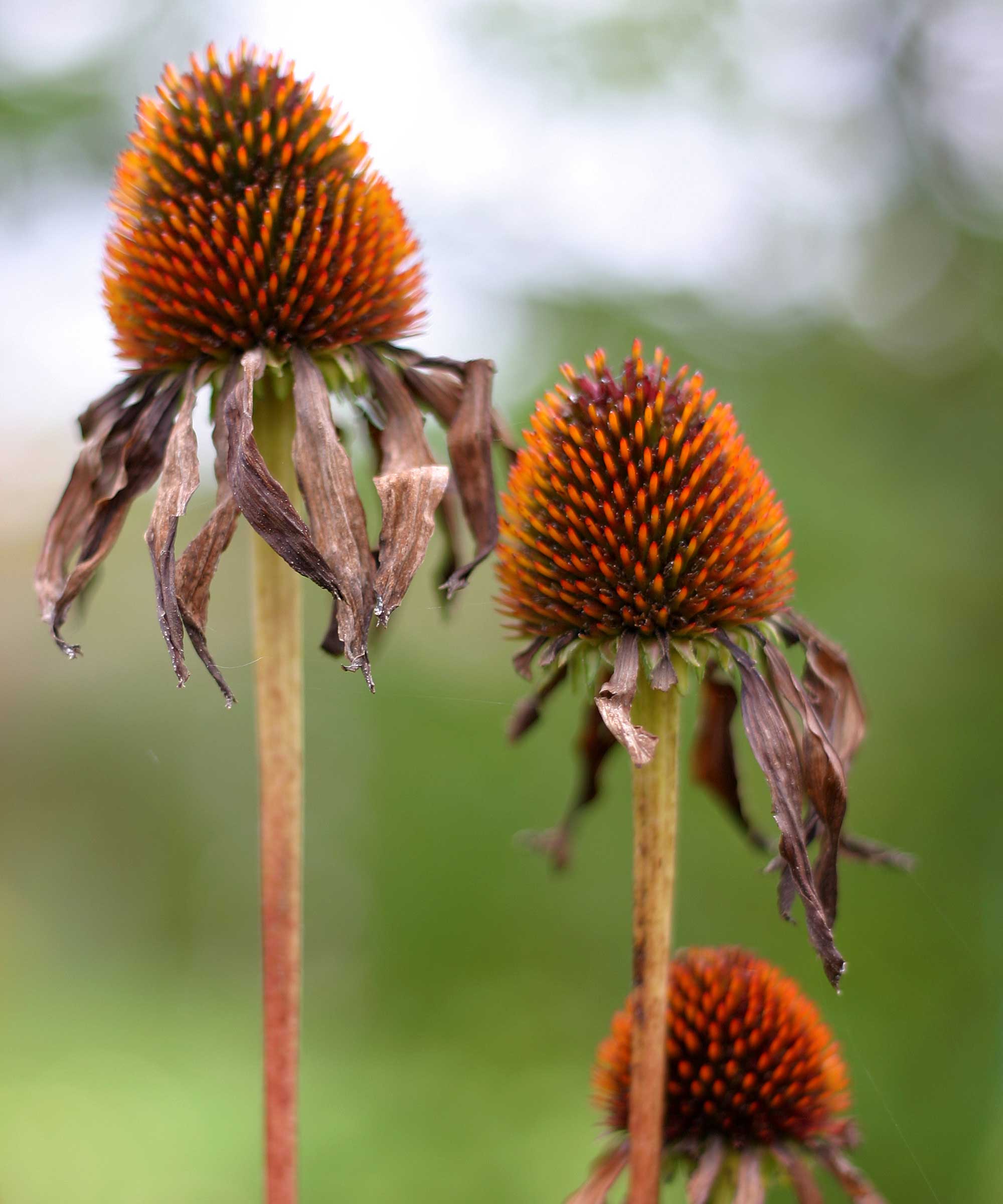
While there are plenty of plants to prune in November, many summer-flowering perennials don't necessarily need cutting back until spring. In fact, avoiding deadheading will provide you with structural seedheads for winter interest.
'The only perennials you really need to cut back are plants like monarda (bee balm) which frequently succumbs to powdery mildew,' says Lorraine Ballato, gardening expert and author.
'That pathogen will reinoculate the plant next season when the conditions are ripe, so clear it out now and trash the debris,' she advises.
Design expertise in your inbox – from inspiring decorating ideas and beautiful celebrity homes to practical gardening advice and shopping round-ups.
Seedheads from perennials offer plenty of food and shelter for winter wildlife, including helping to feed birds in winter. But, this isn't the only reason to leave perennials alone after flowering.
'All pruning stimulates a plant and encourages it to put on new growth. That's the opposite of what you want as it enters dormancy,' Lorraine describes. 'There is a risk that new growth won't make it through the winter as it will be weak from not enough growing time.'
Fading foliage can also help protect the crown of many perennials from the harshest winter weather, so it's often best to wait to cut them back until spring, anyhow.
The best thing to do is research the specific pruning needs of the perennials growing in your yard. See our guide to plants to never prune in October and November for more guidance.

Lorraine Ballato is a gardening and hydrangea expert and the the author of the international best selling book 'Success with Hydrangeas', available at Amazon. She is also an in-demand speaker throughout the US and the resident hydrangea expert at the New York Botanical Garden.
2. Dividing perennials
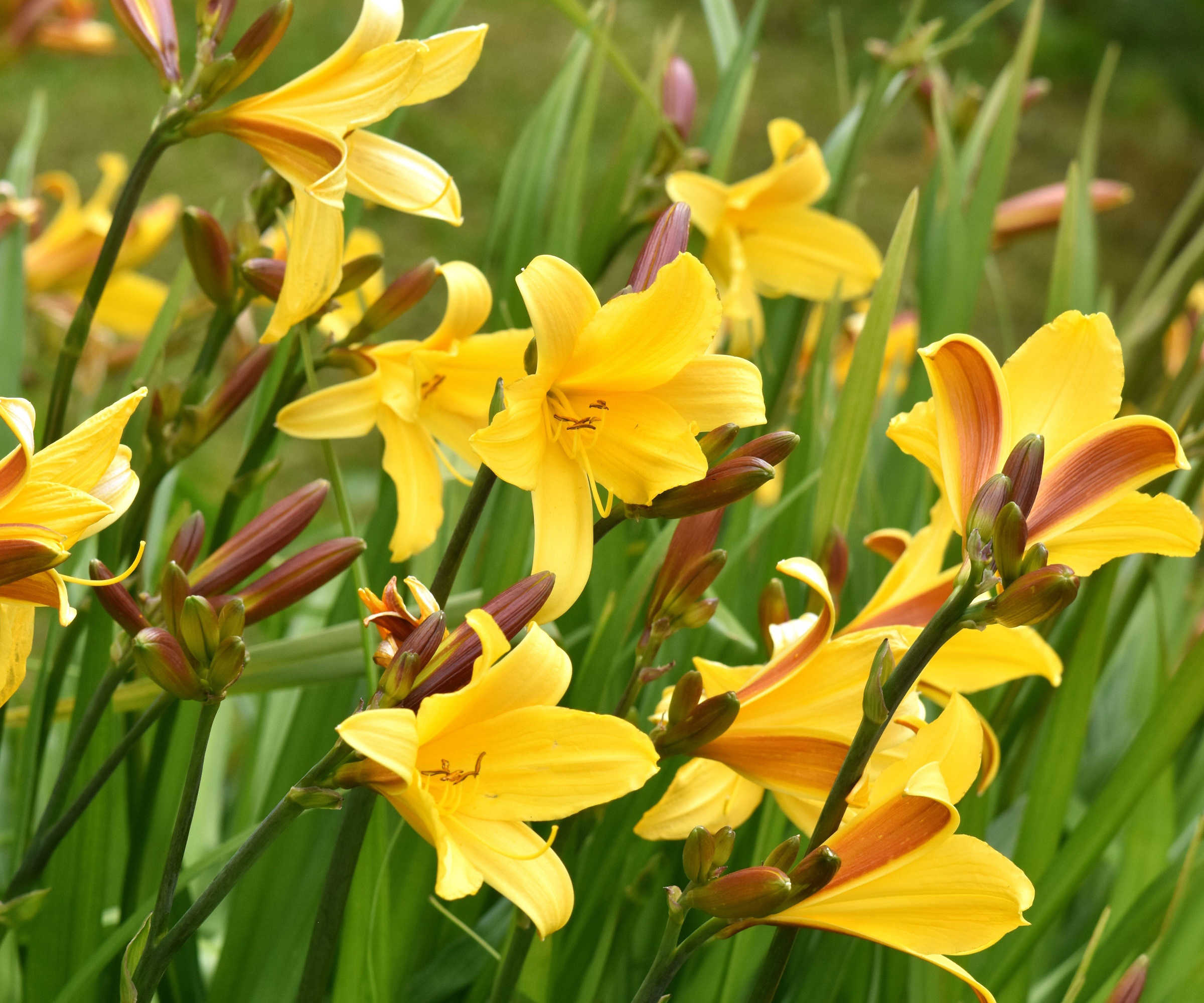
Fall is a great opportunity to divide plants to propagate them, as it provides sufficient time to establish and settle before flowering again next year. If you run out of time to do this in the fall, spring offers another opportunity to do this, specifically with summer-flowering perennials.
Division in early spring provides plenty of time for roots to establish before hot, dry summer conditions. Plus, the ground will have thawed from winter and will be easier to work with.
Dividing perennials every few years will also help keep them from overcrowding, encouraging more vigorous growth and a healthier root system, as well as doubling the number of plants in your yard.
Read our article on when to divide plants for more information on which perennials to divide in spring, including daylilies and geraniums.
3. Fertilizing your lawn
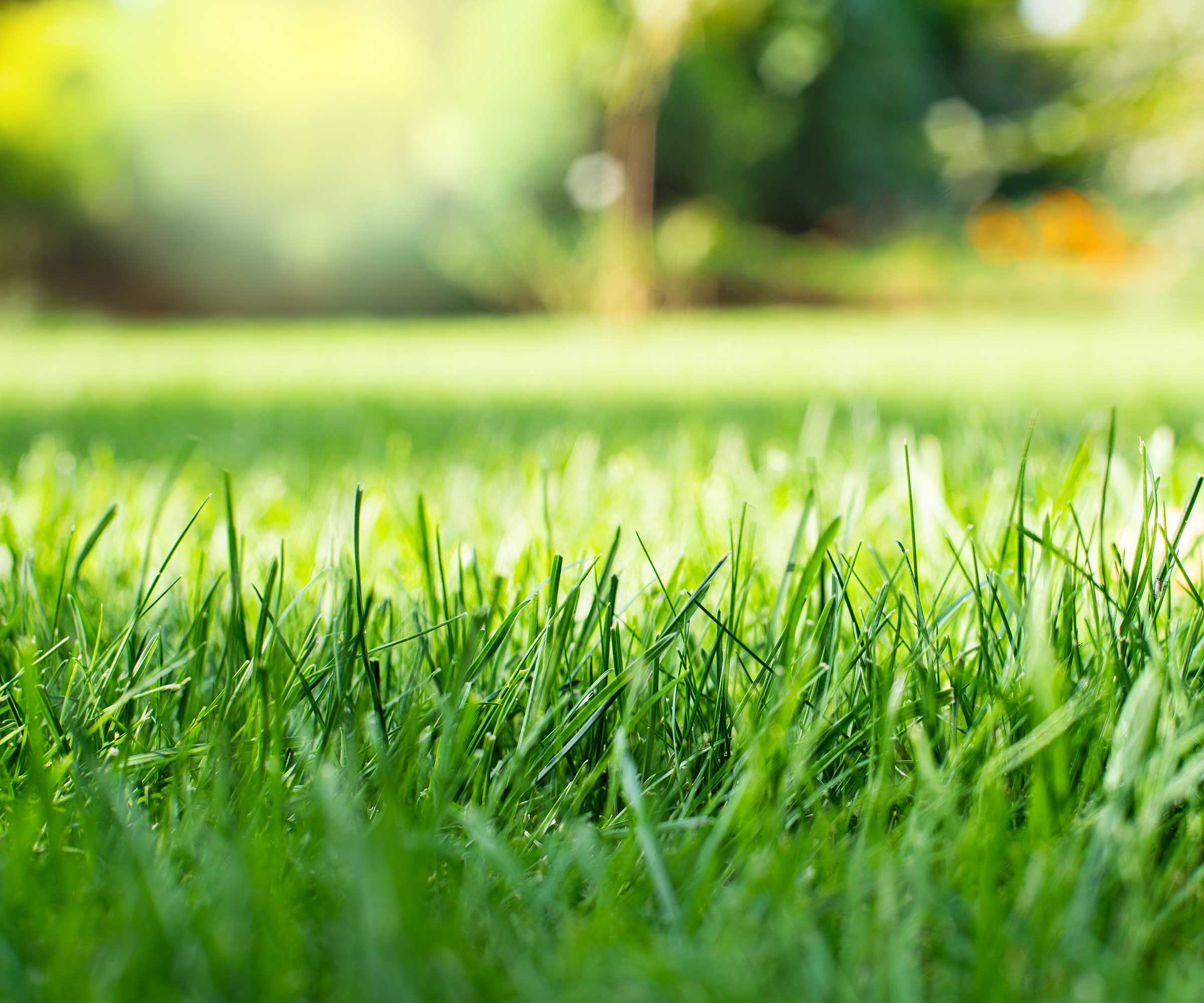
While fertilizing your lawn is a highly beneficial task on the fall lawn care list, it isn't a job entirely fundamental for this time of year.
Fertilizing your lawn in the fall is primarily to help it recover from summer heat stress and to strengthen roots ahead of winter. This is something particularly beneficial for cool-season grass, encouraging a greener, thicker lawn come spring.
However, waiting to give your lawn a boost in early spring, ahead of the active growth season, will also prove to be beneficial. This is especially true if you haven't managed to fertilize your lawn before frost arrives in fall.
It would actually be a fertilizing mistake to do so, as your lawn goes dormant in winter and won't be soaking up the fertilizer. It can lead to root burn and root rot, weakening and even killing your grass.
So, if you've reached mid-November without having fertilized your lawn in fall, it's best to wait until spring.
4. Sterilizing gardening tools
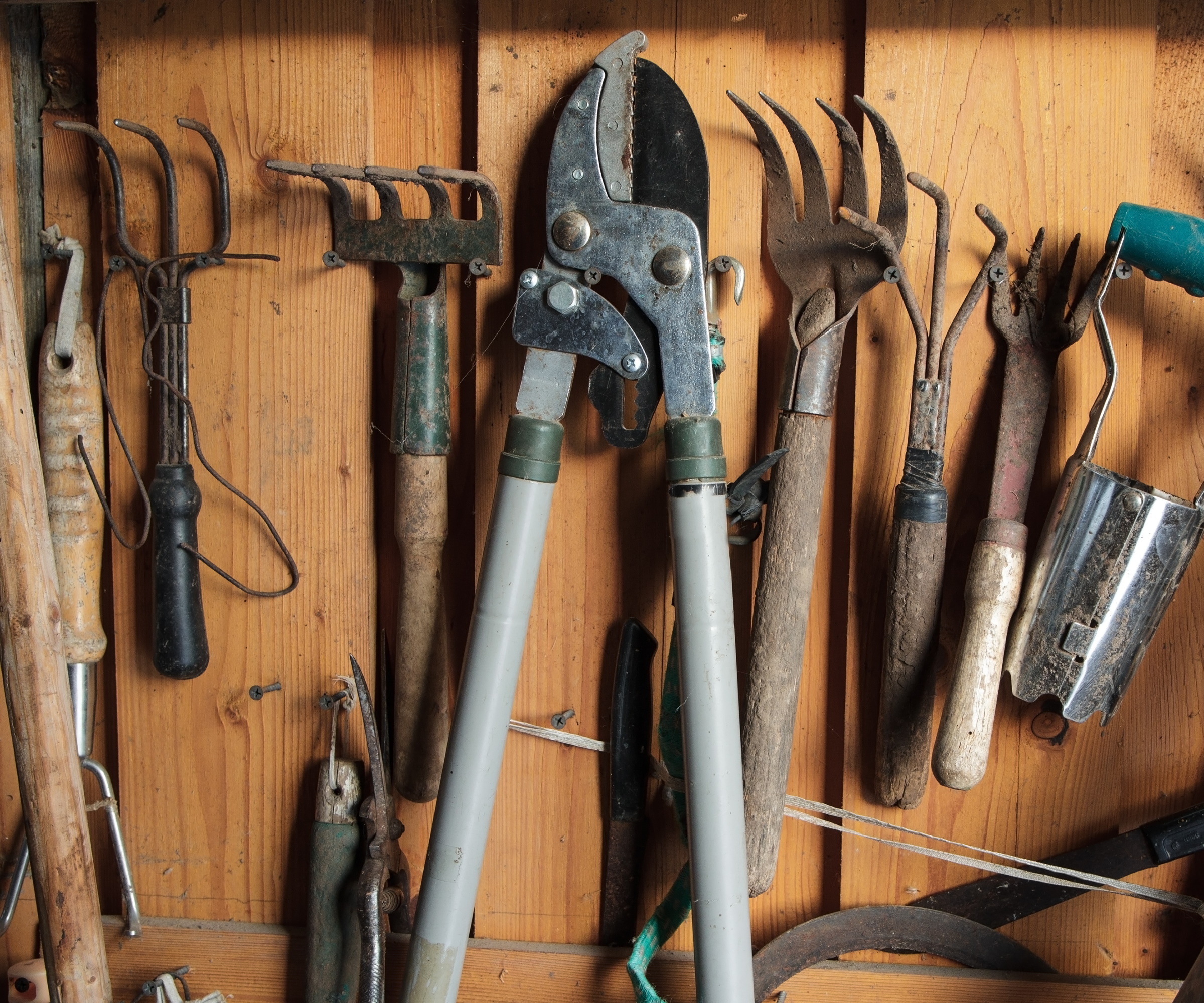
Cleaning gardening tools is vital to keep pests and diseases from spreading. Doing so before storing them for winter will prevent overwintering diseases that can then spread when you pick your tools back up in spring.
However, if you haven't had the chance to thoroughly clean your tools in fall, you can dedicate time to sterilizing them in spring before using them again.
'If tools didn't get some TLC before the snow, springtime is better than never,' says Greg Cuoco, CEO of The Difference Landscapes.
'Start with dirt removal, and use turpentine to get rid of any sticky sap residue. Next, any tools used to remove or trim diseased plants should be disinfected before reuse.'
You can just use warm water and disinfectants, like cleaning vinegar. See our guide to clean rusty gardening tools if they need a bit more attention.

Greg Cuoco is CEO at The Difference Landscapes, a New Hampshire-based landscape design, installation and lawn maintenance firm.
5. Clearing up fallen leaves

If you have trees in your yard, the ground is likely to be covered in fallen leaves this season. While it can be tempting to quickly collect fallen leaves and tidy everything up, experts urge you to hold off on this job until spring.
'Don't be fastidious about clearing up. Wildlife and insects need the debris of the growing season to hibernate and feed throughout the winter,' says Lorraine.
It's true, as over-tidying your yard in fall can harm hibernating wildlife and those seeking shelter. Fallen leaves are often essential for this, especially for beneficial insects and small mammals.
Come spring, spruce up your yard by gathering fallen leaves and other debris from the winter months. You can even start making leaf mulch or compost, ready for use next fall.
FAQs
When is it too late to plant spring bulbs?
It's too late to plant spring bulbs once the ground has frozen and is unworkable. It's best to get your bulbs planted before frost for this reason, allowing them to establish a robust root system through winter for flowering in spring.
The above are gardening tasks you can delay until spring, which means you can turn your attention to the tasks that do need doing this month. For example, there are plenty of plants to propagate in November and greenhouse jobs for November.
Shop fall gardening accessories:

Tenielle is a Gardens Content Editor at Homes & Gardens. She holds a qualification in MA Magazine Journalism and has over six years of journalistic experience. Before coming to Homes & Gardens, Tenielle was in the editorial department at the Royal Horticultural Society and worked on The Garden magazine. As our in-house houseplant expert, Tenielle writes on a range of solutions to houseplant problems, as well as other 'how to' guides, inspiring garden projects, and the latest gardening news. When she isn't writing, Tenielle can be found propagating her ever-growing collection of indoor plants, helping others overcome common houseplant pests and diseases, volunteering at a local gardening club, and attending gardening workshops, like a composting masterclass.
